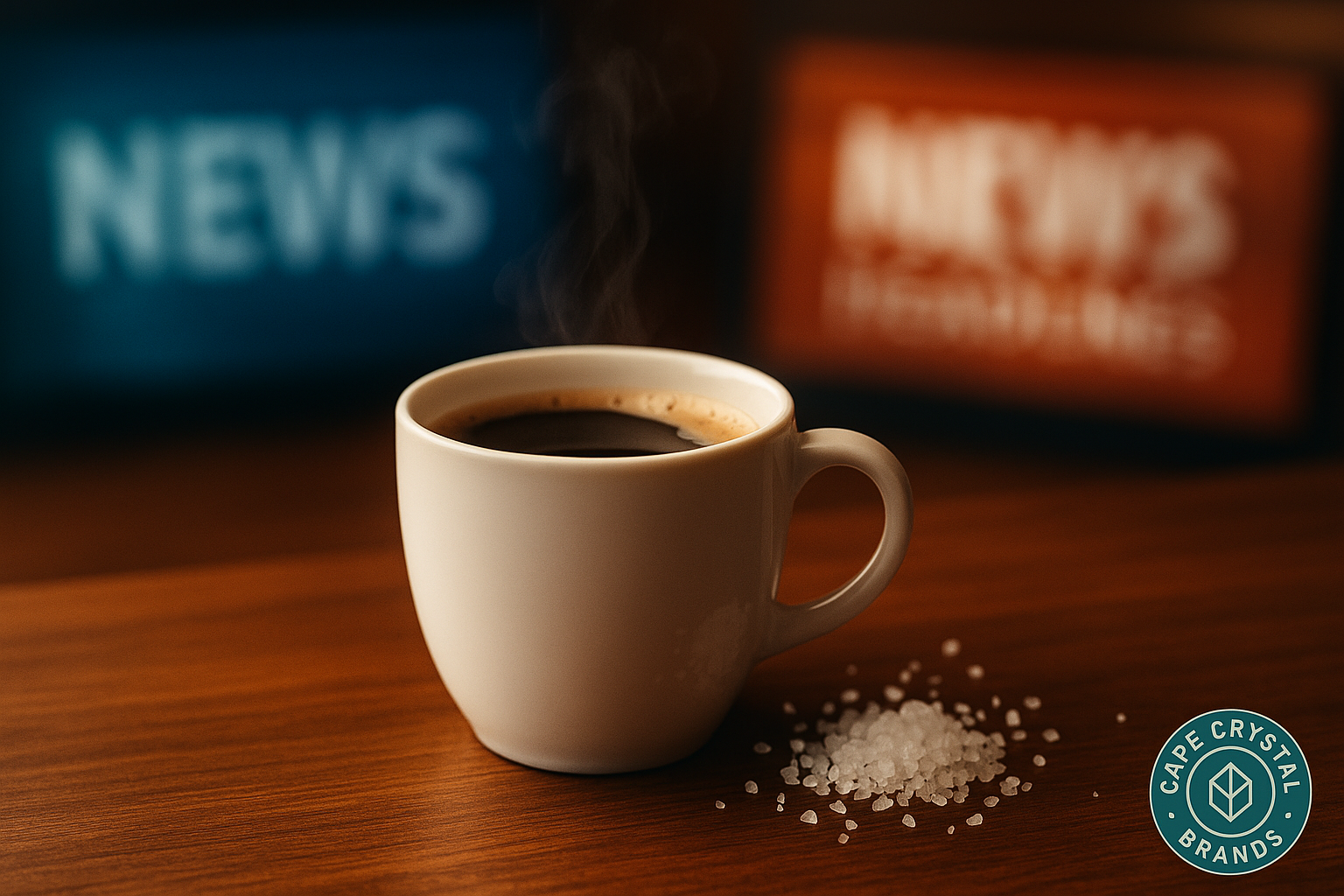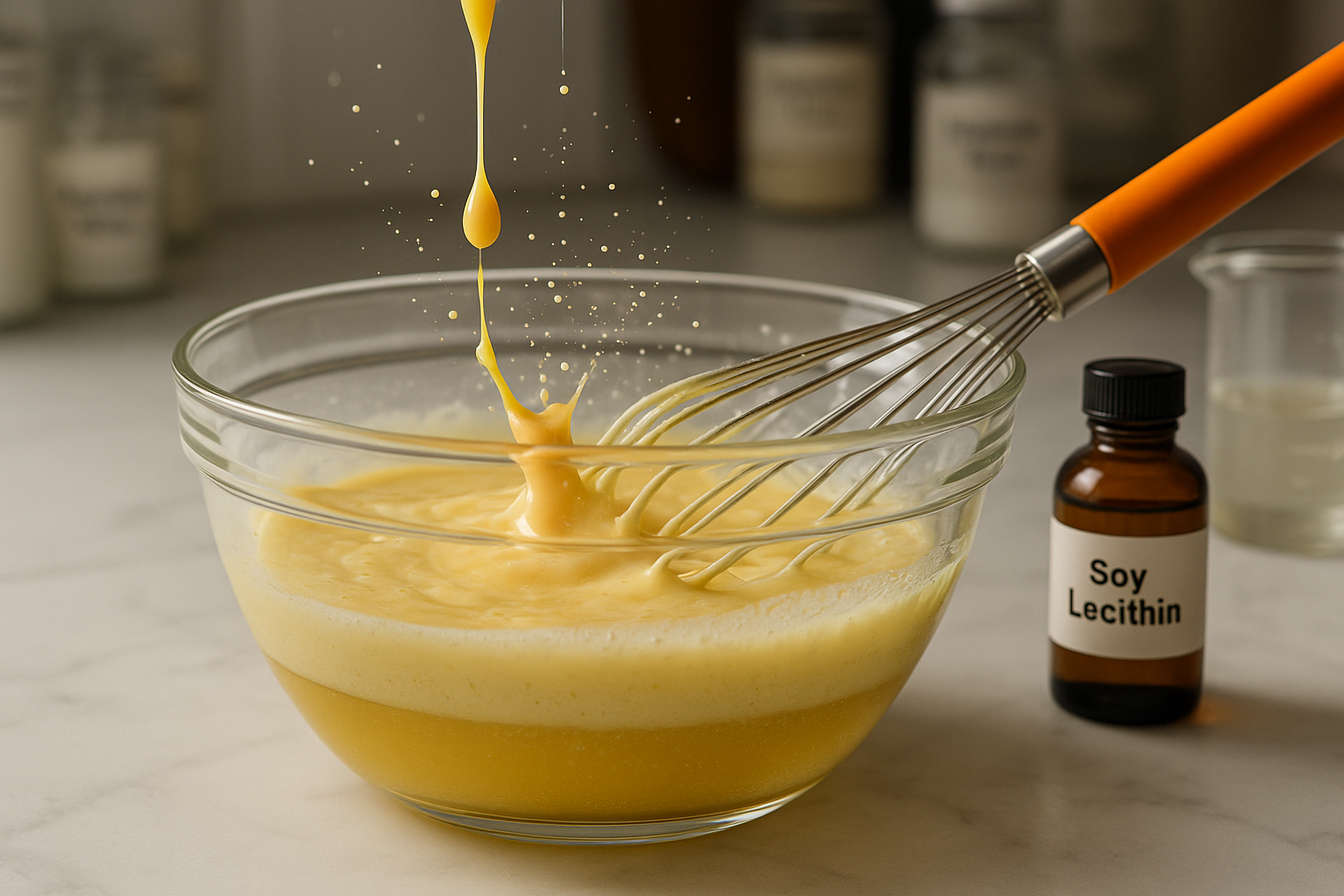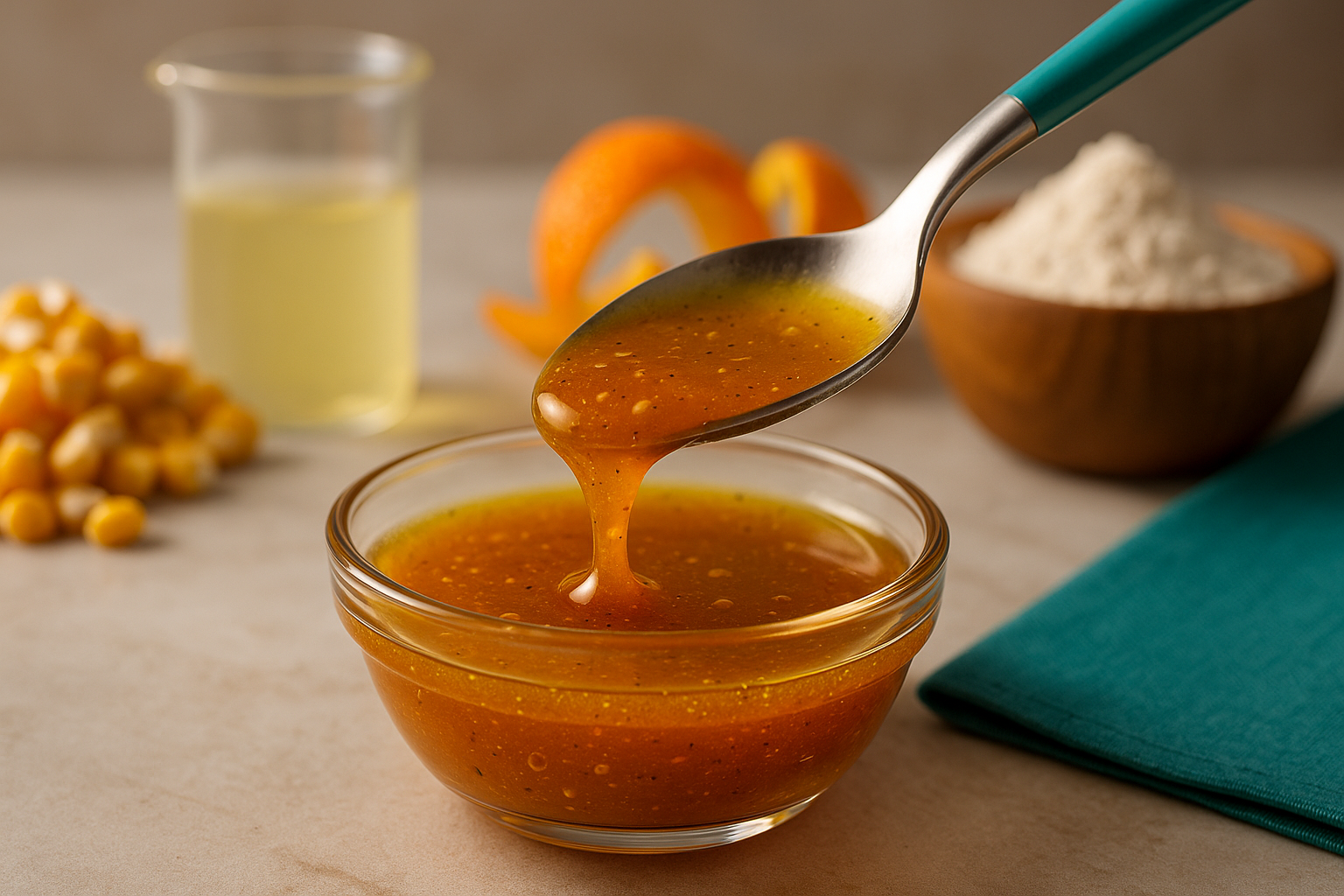
Molecular Gastronomy Mango Spheres Guide
SUBSCRIBE TO OUR BLOG
Promotions, new products, and recipes.
Molecular Gastronomy Mango Spheres Beginner Friendly Spherification Recipe
Have you ever wondered how chefs create those glossy, bite-sized orbs that burst with flavor the moment they touch your tongue? Welcome to the fascinating world of molecular gastronomy mango spheres, a culinary technique that transforms fresh mango puree into elegant, caviar-like pearls or smooth, dessert-ready spheres.
This guide will walk you through reverse spherification using sodium alginate and a calcium bath; the same method professional chefs use to achieve perfectly formed spheres. We’ll cover everything from the science of gel membranes (similar to what we explore in our Replacing Gelatin with Agar Agar guide) to accurate ingredient conversions with help from our Modernist Ingredients Conversion Tables.
If you enjoy food science like in our blog Why Ice Cream Melts and How to Slow It Down, you’re going to love diving into the physics, chemistry, and flavor artistry of molecular gastronomy mango spheres.

What is Spherification?
Spherification is a molecular gastronomy technique that uses a gelling reaction between sodium alginate and a calcium salt to create a thin, delicate membrane around a liquid. This process traps the liquid inside, forming a sphere that looks solid but bursts with flavor when eaten.
When it comes to molecular gastronomy mango spheres, the method of choice is often reverse spherification. This is because mango puree contains natural calcium, which can interfere with the standard (direct) method. By suspending sodium alginate in the mango puree and dropping it into a calcium bath, you get a perfectly smooth gel layer while keeping the inside fresh and juicy.
This culinary innovation aligns with the science-based content in our A Guide to Lecithin in Cooking, where we explore how ingredients behave at the molecular level. Just as lecithin helps emulsify oil and water, sodium alginate and calcium work together to create these edible works of art.
Whether you’re creating a dessert topping, cocktail garnish, or part of a modernist tasting menu, spherification turns a simple fruit puree into something worthy of a Michelin-star plate.
Ingredients & Tools you’ll need
Making molecular gastronomy mango spheres at home requires just a few specialized ingredients and some basic kitchen tools. Precision is key, so we’ll use both teaspoons and gram measurements, you can check our Modernist Ingredients Conversion Tables for quick reference.
Ingredients:
- 200g mango puree (fresh or frozen)
- 2g sodium alginate
- 500ml distilled water
- 5g calcium lactate (or calcium chloride, but note the stronger taste)
- Optional: sweetener, citrus juice, or spices for flavor variations
Tools:
- Blender or immersion blender
- Precision digital scale
- Measuring spoons
- Slotted spoon
- Two medium mixing bowls
- Fine mesh strainer
If you’ve read our Gelatin Homemade Food Thickener Guide, you’ll notice that sodium alginate works differently from gelatin or agar agar, it gels only on the surface when in contact with calcium, keeping the interior perfectly liquid.
Step-by-Step Recipe – Reverse Spherification Method
Creating molecular gastronomy mango spheres is all about precision and patience. Follow these steps closely to achieve perfectly formed spheres with a juicy mango core.
Step 1 – Prepare the Mango Puree
Blend fresh or thawed frozen mango until completely smooth. Strain through a fine mesh sieve to remove fibers. You’ll need about 200g of puree. If you want to adjust sweetness or acidity, now is the time to add sugar or a splash of lemon juice.
Step 2 – Add Sodium Alginate
Sprinkle 2g sodium alginate into the mango puree while blending to avoid clumps. Blend for 1–2 minutes until fully hydrated. Let the mixture rest for at least 30 minutes to remove air bubbles. This resting step is similar to hydrating agar agar or gelatin as described in our Replacing Gelatin with Agar Agar guide.
Step 3 – Create the Calcium Bath
In a separate bowl, mix 500ml distilled water with 5g calcium lactate until dissolved. If you use calcium chloride, reduce to 3g to minimize bitterness. Distilled water ensures purity, tap water minerals can interfere with gelling.
Step 4 – Form the Spheres
Fill a rounded measuring spoon or syringe with the mango-alginate mixture and gently drop into the calcium bath. The sodium alginate on the surface reacts instantly with calcium, forming a thin gel membrane.
Step 5 – Rinse and Serve
After 1–2 minutes in the bath, carefully remove spheres with a slotted spoon and rinse in a bowl of clean water. Serve immediately for the best burst-in-your-mouth effect.
If you love the food science side of cooking, check out our blog Why Ice Cream Melts and How to Slow It Down, the same principles of molecular structure and temperature apply here to control texture and stability.
Tips for Perfect Mango Spheres
Even though the process for making molecular gastronomy mango spheres is straightforward, small adjustments can make the difference between flawless spheres and frustrating failures.
1. Use Distilled Water for the Calcium Bath
Minerals in tap water can prematurely trigger gelling. Distilled water ensures the reaction happens only when you want it to.
2. Avoid Air Bubbles
Air bubbles can cause weak spots in the gel membrane. Let the mango-alginate mixture rest for 30 minutes before spherification, similar to how we recommend resting mixtures in our Gelatin Homemade Food Thickener Guide.
3. Time the Gelation Carefully
One to two minutes in the calcium bath is enough. Longer immersion creates a thick gel that changes the eating experience.
4. Control pH Levels
Mango is naturally acidic. If your spheres aren’t forming well, try balancing the pH with a small pinch of sodium citrate.
5. Serve Immediately
Like the delicate textures discussed in our Soy Lecithin vs. Sunflower Lecithin guide, molecular gastronomy mango spheres are best enjoyed fresh. Over time, the gel membrane continues to thicken, losing the liquid core effect.

Creative Serving Ideas
One of the joys of making molecular gastronomy mango spheres is how versatile they are in presentation. Their bright color and juicy texture make them a showstopper in both sweet and savory dishes.
1. Cocktail Garnish – Drop a mango sphere into champagne, prosecco, or a tropical rum punch. It sits at the bottom like a golden pearl and bursts when sipped.
2. Dessert Plating – Pair mango spheres with coconut panna cotta, yogurt mousse, or tropical fruit tarts. For creative textural contrasts, see our Pectin Puffed Vegan Marshmallows, soft, airy marshmallows next to smooth, juicy spheres make for stunning plating.
3. Frozen Treat Accents – Add them to shaved ice or sorbet. Like we explained in Why Ice Cream Melts and How to Slow It Down, controlling temperature helps keep spheres fresh longer on cold desserts.
4. Savory Dishes – Use as a topping for ceviche, sushi rolls, or grilled fish for a tropical twist.
With these ideas, your molecular gastronomy mango spheres will go beyond just a recipe, they’ll become edible art.
The Science behind Spherification
At the heart of molecular gastronomy mango spheres lies a simple but fascinating chemical reaction. Sodium alginate, a natural gum derived from seaweed, forms a gel when it comes into contact with calcium ions. In reverse spherification, the sodium alginate is mixed into the mango puree, and the puree is then dropped into a calcium bath. The calcium ions in the bath bond with the alginate molecules on the surface of the droplet, creating a thin but stable membrane while leaving the inside liquid.
This controlled reaction is similar in concept to how we manipulate textures in our A Guide to Lecithin in Cooking, where emulsifiers stabilize oil and water mixtures. The balance of pH, ion concentration, and hydration time determines the final texture of your sphere.
Understanding the science doesn’t just make the process fun, it gives you the confidence to troubleshoot and adapt recipes for other fruits and flavors.
Troubleshooting FAQs
Why Are My Molecular Gastronomy Mango Spheres Flattening?
This usually happens if the gel membrane is too thin. Leave the spheres in the calcium bath for 15–30 seconds longer, but avoid exceeding 2 minutes to keep the interior liquid.
Can I Use Frozen Mango?
Yes. Thaw completely, then blend and strain before adding sodium alginate. The method is the same as with fresh mango, though flavor intensity may vary.
Can I Skip Distilled Water In The Calcium Bath?
We don’t recommend it. Tap water minerals can trigger premature gelling. Using distilled water ensures the reaction happens only in the bath, just like when working with agar in our Replacing Gelatin with Agar Agar.
Why Do My Spheres Burst When Serving?
Overhandling or using a thin gel skin can cause ruptures. Use a slotted spoon and serve immediately, as the gel will continue to thicken over time.

|
About the Author Ed is the founder of Cape Crystal Brands, editor of the Beginner’s Guide to Hydrocolloids, and a passionate advocate for making food science accessible to all. Discover premium ingredients, expert resources, and free formulation tools at capecrystalbrands.com/tools. — Ed |
Enjoyed this post? Subscribe to The Crystal Scoop
Food-science tips, ingredient know-how, and recipes. No spam—unsubscribe anytime.
- Choosing a selection results in a full page refresh.



